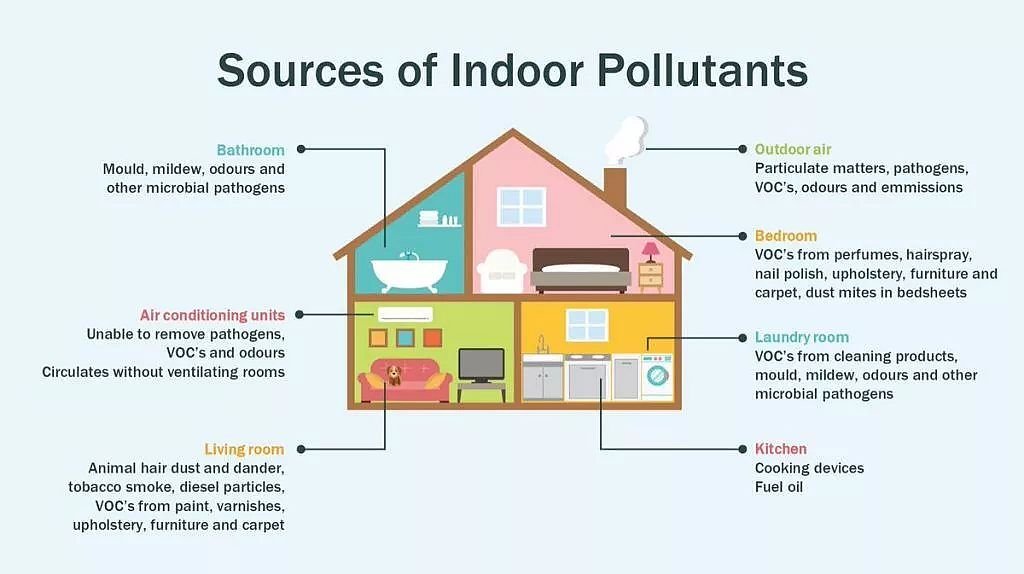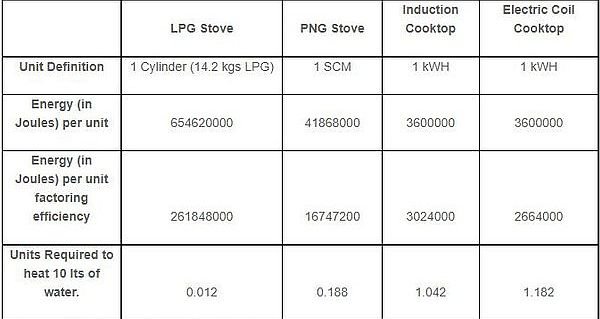We Act For Environmental Justicet, recently performed an experiment at a Bronx public housing project where all 96 units were supplied with a gas stove. Twenty houses took part in the experiment, with half having their gas stove replaced with an induction cooktop, which utilizes electricity to directly heat the cookware and does not release any pollutants while in use.

Researchers conducted a controlled cooking test and discovered that the baseline level of nitrogen oxide, which originates in the air when fossil fuels are consumed, was 18 parts per billion in houses with gas stoves. When the stoves were turned on, the average rose to 197 parts per billion. In the homes with induction stoves, the observed NO2 level was 11 parts per billion and rose a statistically irrelevant 3 ppb during cooking.

When cooking outside, 197 ppb is nearly double the threshold considered harmful by the EPA for those with respiratory problems, elders, and small children. Surprisingly, the EPA has not created a threshold for indoor air pollution, despite the fact that the great majority of cooking takes place inside.
According to the EPA, long-term NO2 exposure can aggravate asthma, lung disease, and raise the risk of respiratory and cardiovascular disorders. The experiment lasted 10 months, during which time homes using induction stoves saw a 35% reduction in daily NO2 concentrations.

Switching from gas stoves to induction improves indoor air quality and minimizes exposure to nitrogen dioxide and carbon monoxide, both of which are harmful to one’s health. Households buying a new induction stove can apply for credits and rebates available in the Inflation Reduction Act. The secret to change is to focus all of your energy not on fighting the old but on building the new.
Reference- The Guardian, The Verge, EPA website, Clean Technica, We Act For Environmental Justice NGO,






